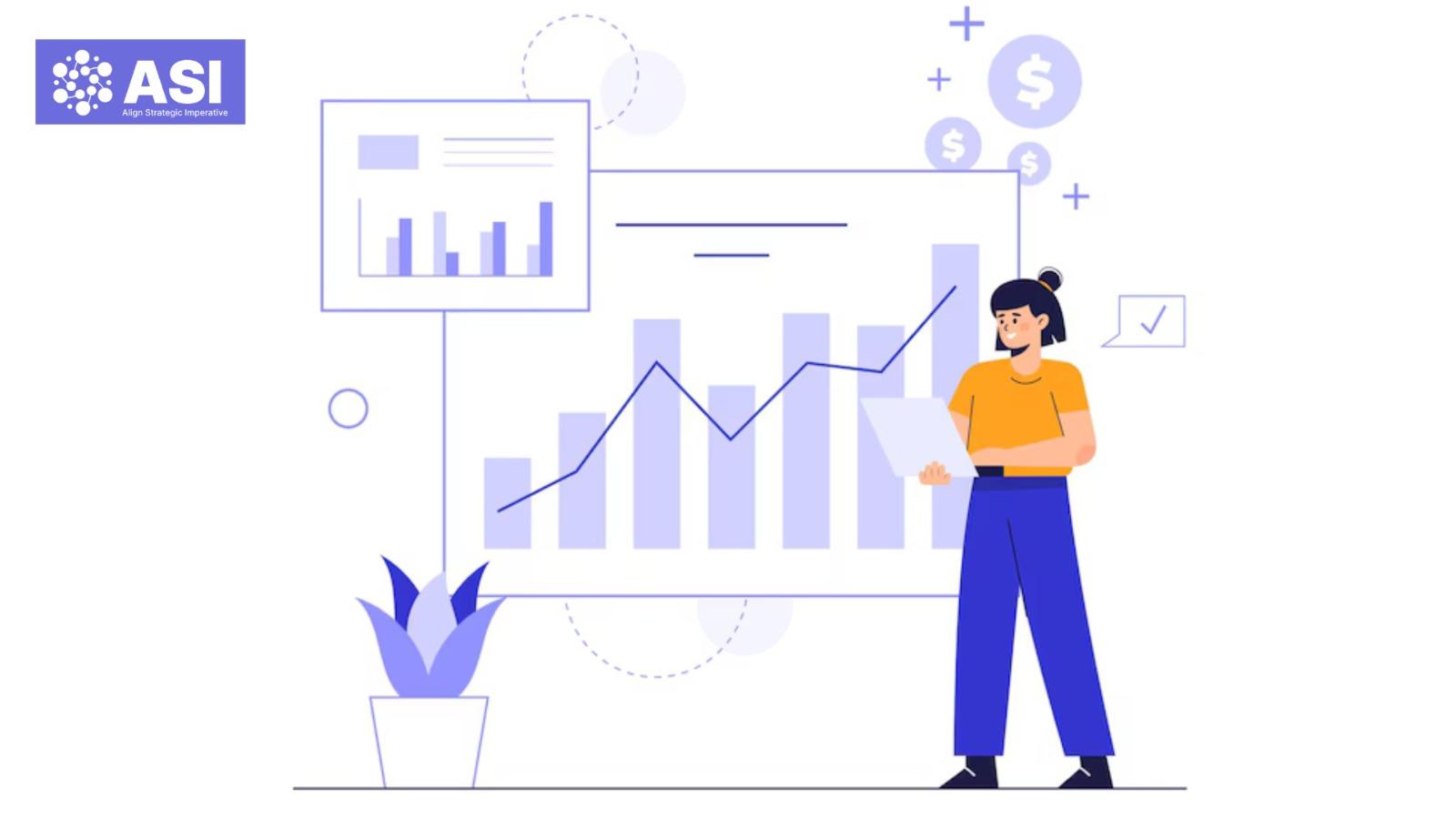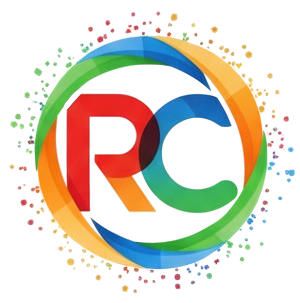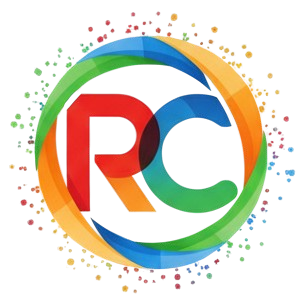"Balancing the Grid: The Expanding Role of Pumped Hydro Storage"

Pumped Hydro Storage Market – Powering the Future of Renewable Energy Stability
The pumped hydro storage (PHS) market is emerging as a cornerstone in the shift toward clean energy. As the most mature form of grid-scale energy storage, pumped hydro systems have been deployed globally for decades. They help stabilize power grids by storing excess electricity during periods of low demand and releasing it when consumption peaks. With the global push for decarbonization and the rapid integration of variable renewable energy sources like solar and wind, PHS is gaining renewed importance.
In a pumped hydro system, electricity is used to pump water from a lower reservoir to a higher one. When energy demand increases, the stored water is released downhill through turbines to generate electricity. This simple yet effective mechanism allows for large-scale, long-duration energy storage and quick dispatchability, which are essential for maintaining grid reliability in renewable-powered systems.
more details at - https://alignstrategicimperative.com/industry/pumped-hydro-storage-market/
Market Drivers
-
Rising Renewable Energy Penetration
The rapid growth in wind and solar energy installations has created an urgent need for storage solutions that can balance supply and demand. PHS serves this purpose effectively by storing surplus energy and ensuring its availability during shortfalls or outages. -
Grid Reliability and Ancillary Services
PHS provides ancillary services such as frequency regulation, spinning reserves, and voltage support. These services are crucial to maintaining grid stability in real-time, particularly in regions with high renewable penetration. -
Increased Focus on Decarbonization and Net-Zero Goals
Many countries have committed to achieving net-zero emissions by mid-century. To reach these targets, governments and utilities are investing heavily in energy storage infrastructure, with PHS being a proven and scalable solution. -
Government Support and Policy Frameworks
Supportive policies, such as investment tax credits, energy storage mandates, and renewable portfolio standards (RPS), are driving the deployment of PHS. In some countries, regulatory frameworks now classify pumped hydro as a strategic infrastructure investment.
Market Segmentation
-
By Type:
– Open-loop systems: Use existing natural water bodies like rivers or lakes.
– Closed-loop systems: Operate independently of natural water bodies, minimizing environmental impact. -
By Application:
– Energy arbitrage
– Load shifting
– Grid frequency regulation
– Renewable energy integration
– Emergency backup supply -
By Geography:
– Asia-Pacific: China, Japan, and India are expanding their pumped hydro capacity significantly.
– Europe: Countries like Switzerland, Norway, and Austria are modernizing aging infrastructure.
– North America: The U.S. is reassessing older dams and exploring closed-loop sites.
– Others: Australia and South Africa are emerging as future hotspots.
Regional Insights
-
Asia-Pacific leads the global market with China at the forefront, operating and constructing some of the largest PHS plants in the world.
-
Europe is advancing with modernization projects and new sustainable PHS designs to complement its ambitious renewable targets.
-
North America is showing growing interest in retrofitting old hydroelectric sites and exploring new off-river closed-loop systems that reduce ecological disruption.
Key Players
Prominent companies in the PHS space include:
-
Voith Hydro
-
GE Renewable Energy
-
ANDRITZ Hydro
-
Toshiba Corporation
-
EDF (Électricité de France)
-
Alstom Power (a part of GE)
These companies are working on improving turbine efficiency, automation of plant operations, and integrating digital twin technologies for performance monitoring and predictive maintenance.
Challenges
-
High Upfront Capital Costs: PHS projects often require hundreds of millions in initial investment, with a payback period extending over several years.
-
Environmental and Social Impact: While closed-loop systems are eco-friendlier, open-loop systems can disrupt aquatic ecosystems and require large areas of land.
-
Regulatory Hurdles: Long permitting timelines, water rights disputes, and land use restrictions can delay or derail projects.
Future Outlook
The pumped hydro storage market is projected to grow at a CAGR of 5–6% through 2030, driven by the global demand for renewable energy storage. With advancements in turbine design, control systems, and low-impact site development, PHS is expected to remain a dominant force in utility-scale energy storage. Closed-loop projects, in particular, offer a viable path forward with fewer environmental concerns and flexible site options.
As power systems become more reliant on renewables, PHS will continue to play a crucial role in ensuring stability, reliability, and sustainability in the global energy landscape.





